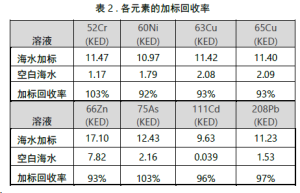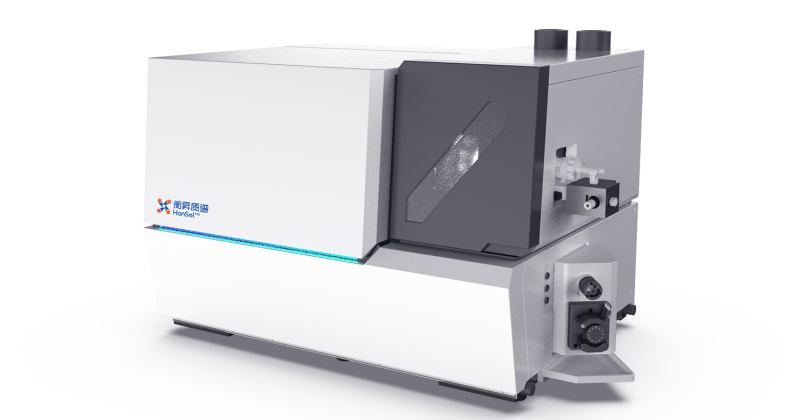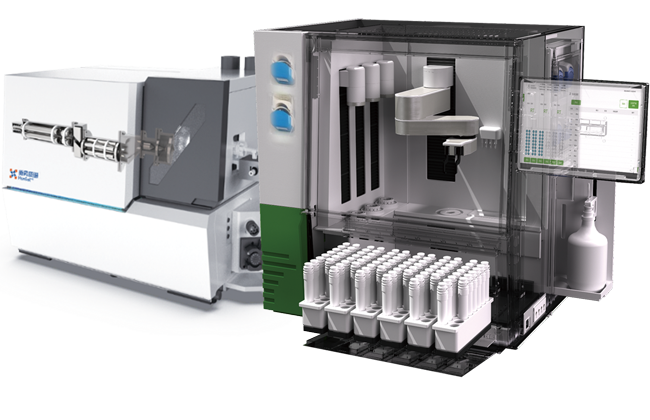Application Preface
Analysis of Inorganic Elements in Seawater The analysis of inorganic elements in seawater holds significant scientific and practical importance for understanding the functioning of marine ecosystems, protecting the marine environment, assessing the impacts of human activities, and predicting climate change. Necessity of Seawater Element Analysis
1. Biogeochemical Cycles** Inorganic elements in seawater, particularly trace metal elements, play a critical role in marine biogeochemical cycles. These elements are involved in all aspects of marine life, from the formation of cytoplasm in primary productivity to protein synthesis. For example, trace metals such as Fe, Ni, Cu, and Zn are essential for the growth of organisms.
2. Ecosystem Health Certain inorganic elements in seawater are trace elements necessary for marine biological growth, directly influencing the growth of marine phytoplankton and their carbon and nitrogen fixation capabilities. They serve as key regulatory factors for marine primary productivity. Meanwhile, changes in the concentrations of these elements are also closely related to the health of marine ecosystems.
3. Pollutant Monitoring Some inorganic elements in seawater, such as lead, are primarily pollutants emitted by human activities. Monitoring these elements helps assess the impact of human activities on the marine environment and provides a scientific basis for pollution control. As is well known, ICP-MS is a powerful tool for elemental analysis. Compared with other techniques, it offers advantages such as the ability to analyze multiple elements simultaneously, a wide linear range, fast testing speed, low quantification limits, and strong specificity. Challenges in ICP-MS Analysis of Seawater with >3% Salinity The main challenges in analyzing seawater with a salinity exceeding 3% using ICP-MS are how to reduce matrix effects and signal drift to ensure accuracy and long-term data stability. In this study, nearshore seawater samples from a certain area in Guangdong were used to analyze Cr, Ni, Cu, Zn, As, Cd, and Pb without any pretreatment. The focus was on evaluating the spike recovery and internal standard recovery of these 7 elements using the iQuad 2300, under the premise of not using matrix matching and relying solely on the external standard method.
Article Conclusion
Analysis of 7 elements in undiluted seawater was carried out using Hansel iQuad 2300 ICP-MS, with internal standard recovery rates stable at around 100%, good spiked recovery rates, and significant suppression of mass spectral interferences. The unique electronic dilution design of iQuad 2300 can eliminate polyatomic ion mass spectral interferences at the same flow rate, while distinguishing the degree of mass spectral interference for different elements to achieve targeted and differentiated anti-interference effects. This method is simple and feasible without any additional accessories, providing a reference for laboratories with relevant needs.
Highlights of the Scheme
The analysis was performed using a Hansel iQuad 2300 ICP-MS with a single-flow helium KED mode. The unique electronic dilution design of the iQuad 2300 enables the removal of polyatomic ion mass spectrometry interferences at the same flow rate, while distinguishing the degree of mass spectral interference experienced by different elements to achieve targeted and differentiated anti-interference effects. With such stable internal standards, matrix effects have been effectively controlled. To further quantitatively verify the elimination of matrix effects, a 10 μg/L mixed elemental standard was spiked into blank seawater, yielding spike recovery rates of 92%-103%.

It is worth noting that although no standard reference materials were used in this report, it has been demonstrated that matrix effects have been effectively addressed. The most prevalent polyatomic ion interference in seawater analysis is the NaAr⁶³ ion. The results obtained from measuring copper (Cu) in seawater using both the ⁶³Cu and ⁶⁵Cu isotopes showed a difference of less than 1%, indicating that the KED mode of the iQuad 2300 has effectively eliminated this mass spectral interference.





